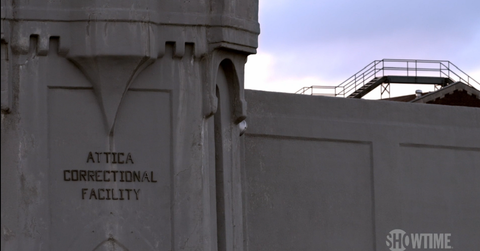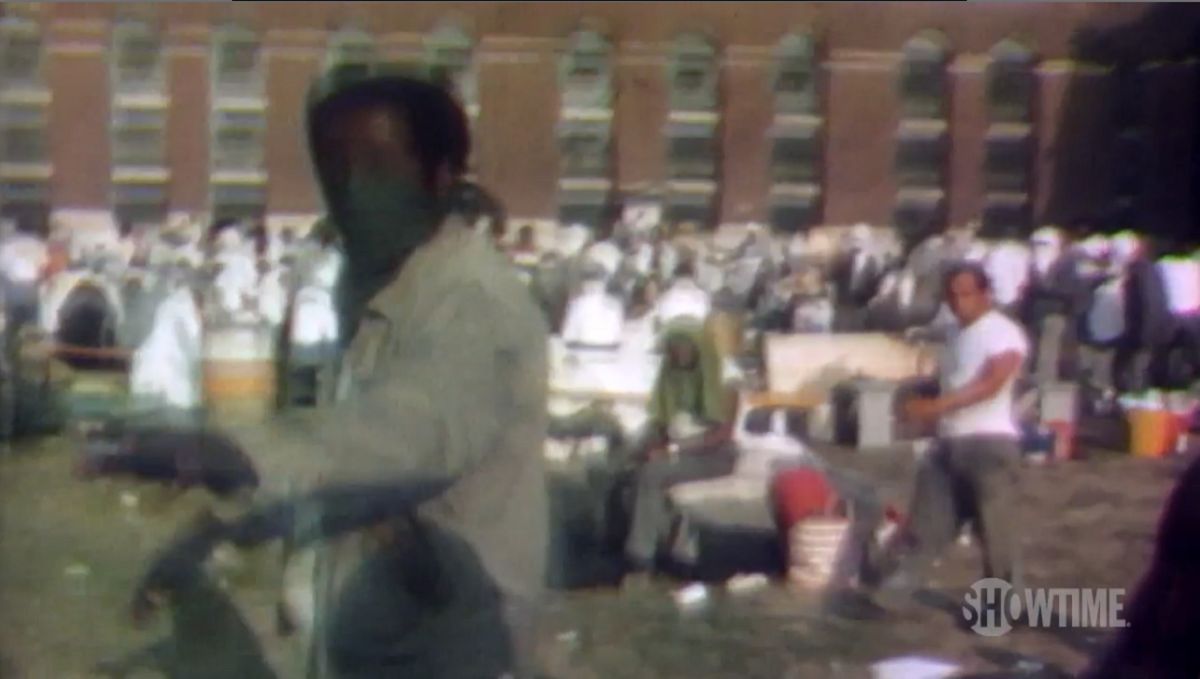The Horrors of 'Attica' Were All Too Real, but How Does the Prison Fare 50 Years Later?
Published Nov. 8 2021, 7:47 p.m. ET

The new 2021 documentary, Attica, is exactly what it sounds like. The film provides an unsettling deep dive into the 1971 prison uprising that stemmed from the violence and racism of the prison system that still exists today, 50 years after the riots. While the horrors of the events are all too real, is the prison still open today?
This documentary collects the recollections of observers, government officials, and most importantly, the survivors of the uprising. The film is directed by Emmy Award-winning director Stanley Nelson, who also worked on other documentaries that capture the racist and troubled history of America, including Tulsa Burning: The 1921 Race Massacre, Rise Up: The Movement that Changed America, and Crack: Cocaine, Corruption & Conspiracy.
The film began streaming on Showtime on Nov. 6 and saw a limited theatrical release on Oct 21. Though the events recounted in the movie occurred 50 years ago, what eventually became of the Attica Correctional Facility?

Is Attica still open?
As the title suggests, Attica recounts the real-life events of one of the biggest prison riots in American history. The event took place between Sept. 9 and Sept. 13 in the year 1971. Prisoners being held in Attica were horribly mistreated, living in cramped conditions with little to do and awful medical care. Racism ran rampant in the prison walls as well, with the vast majority of inmates being Black or Puerto Rican, all being watched and abused by white guards.
Tensions supposedly came to a head when word got out that George Jackson, a Black Panther Party member and prisoner of the Manhattan Detention Complex, was killed during an escape attempt at San Quentin State Prison.
Spurred by his death and a growing culture of prisoner activism, the resentment of Attica prisoners boiled over into all-out revolt.
As prisoners took control of the prison, they came up with a list of demands for the prison officials. The demands included better medical treatment, expanded visitation rights, religious freedom, and an end to physical abuse, among many others.
Though negotiations were being held, the conflict between inmates and prison workers escalated, resulting in guards opening fire on the prisoners. When the dust settled, a total of nine prison hostages and 29 inmates were killed.
Fifty years later, the Attica Correctional Facility is still operational. According to Prison Pro, the prison still holds over 2,000 inmates. Since the riots, prison conditions have seen slight improvements with better healthcare and becoming geared toward rehabilitation.
Despite this, protests still occur, particularly within the era of pandemic living. In the wake of COVID-19, prisoners were unable to distance themselves properly, spreading the disease among the incarcerated.
Stanley Nelson's documentary has received critical acclaim since its release, earning a 98 percent on Rotten Tomatoes.
The Critics Consensus reads: "Attica revisits the titular riot with intelligence, compassion, and anger, presenting a version of events that honors history as much as it exemplifies the art of documentary filmmaking.
Attica is currently streaming on Showtime.